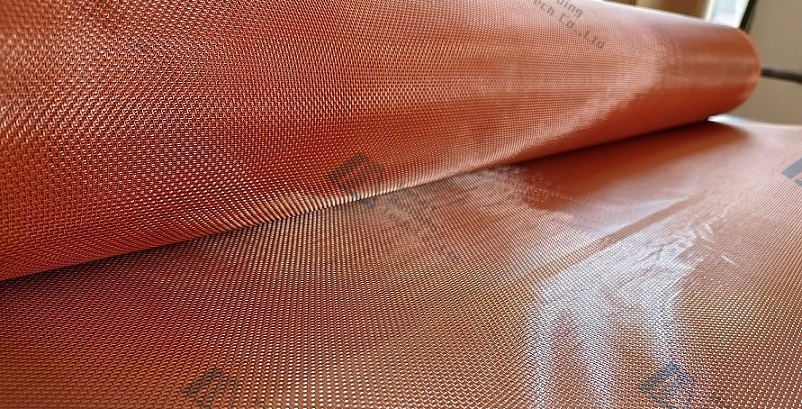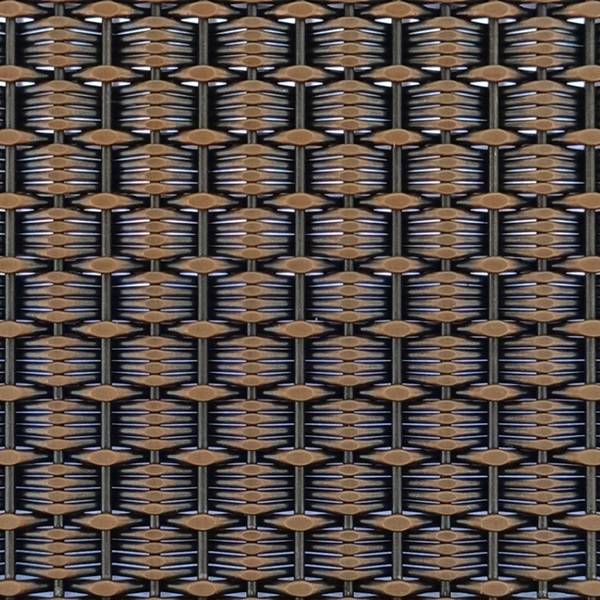

Post time: 07 12,2022
A wire mesh is also referred to as wire cloth, which is extremely similar to the clothes we are wearing. It is basically a kind of textile, but made of metal wires or metal fibers. It is woven up through different weaving patterns or styles by a loom.
It is documented that the first use of wire mesh can be dated to ancient Egypt when people made gold and silver into wire jewelry. This technique was later adopted by the Vikings to make a successively looped wire, forming a long tube that is then stretched. This weaving technology was then called Viking Knitting.
Then, Metal woven wires became more and more popular in the ancient military as body armor and protective helmets.
Chain maille is one of the most famous woven wire armors, which consists of small metal rings linked together in a regular pattern to form a mesh. It was generally in military use roughly between the 3rd century BC and the 16th century AD in Europe, and then even longer in Asia and North Africa. A coat of this armor is often referred to as a hauberk or a byrnie.

With the first mechanized power loom designed and manufactured on 1786, the woven wire mesh become commonly seen in both industrial and residential applications.
Nowadays, wire mesh products can be seen in almost every industry, including filtrations, pharmacy production, chemical production, Petrol and natural gas industry, Aerospace, electronics, agriculture, automotive, etc.

Metal wire mesh is widely used around us, including filter media such as tea filters, coffee filters, drain, drink water filters, sink filters, kitchen wares, railing infill panels, balcony fencing panels, bridge fencing infills, and solar control façade panels, etc.


Decorative Metals for Designers and Architects
Designer Metals for Interior Cladding and Decoration including elevator cabin & lobby interiors

Pre-Crimped Woven Wire Mesh
Crimped Wire Mesh

METART-WW03, CLADDING WOVEN WIRE MESH
METART-WW03 Wire Mesh for Cladding

Plain Weave Stainless Steel Wire Mesh
Plain Weave Stainless Steel Wire Mesh

METART screens are widely been used both indoors and outdoors including interior wall arts, partition screens, decorative room dividers
Laser Cut Garden Screen / Laser Cut Wall Art

Most Popular Material: AL Grade 3003, AL Grade 5052, Pre-Galvanized Steel Sheet.
Decorative Perforated Sheet

Stainless Steel + Real Brass + Real Copper Wire Single Wire Dia. 2.75mm
Stylish Decorative Wire Mesh made of 3 different hybrid metal wires

80/10 Car Park Cable Wire Mesh Rod Diameter / Rod Pitch: 3.0/10.0mm
METART-WWD06-80/10 Car Park Cable Wire Mesh
©COPYRIGHT METART BUILDING TEC CO., LTD | ALL RIGHTS RESERVED | PRIVACY POLICY